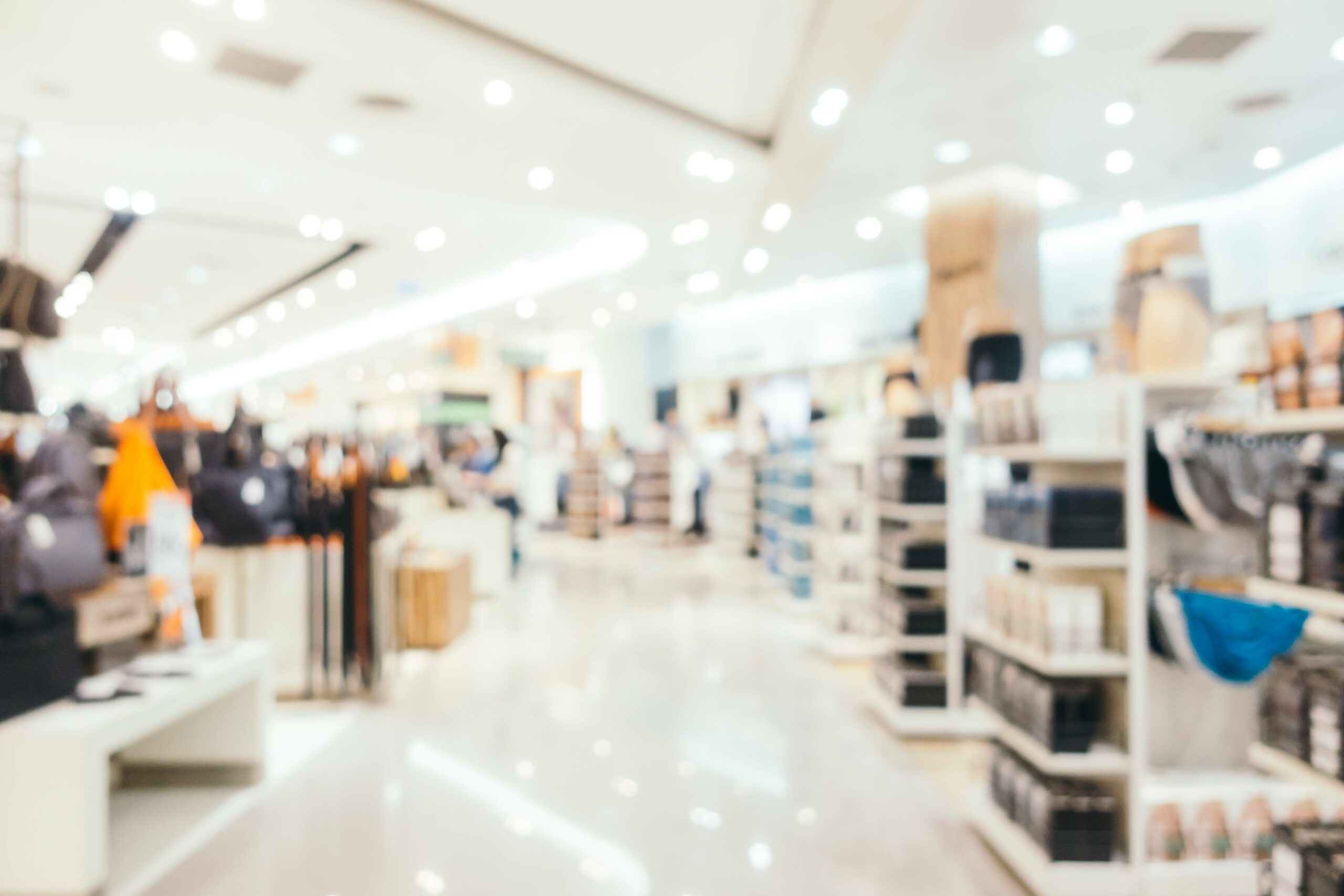1. The objectives and levers of a drive to store campaign
1.1. Why create drive to store campaigns?
Although e-commerce has grown in popularity in recent years, the physical store remains a preferred place for consumers.
But the customer journey has nevertheless evolved a lot to become omnichannel, and the points of contact, in particular digital, have multiplied. Thus, many consumers use online channels before going to the store, and they increasingly favor phygital services (mixing physical and digital services such as drive, click and collect, etc.) which allow them to have a fluid and personalized.
In addition, consumers use their smartphones a lot to do local searches, and find out about the opening hours of nearby stores or even about stocks: this is a considerable opportunity to communicate with them at their point of sale. This complementarity between digital and physical levers encourages brands to set up drive to store campaigns, in order to increase in-store traffic.
1.2. What are the best levers to generate traffic at the point of sale?
Location targeting is at the very heart of successful drive-to-store strategies. Brands have every interest in fine-tuning around their points of sale to attract more customers to the store. Coupled with this targeting, it is necessary to make sure to offer prospects the right content at the right time, thanks to the activation of different levers. For example, SMS campaigns are increasingly used in drive-to-store strategies since they have many advantages. It is estimated that 98% of text messages are opened (Les Echos). Its completeness and immediacy make it particularly effective in a strategy where the objective is to capture attention with targeted content.
In line with the intensive use of the telephone, drive-to-store mobile campaigns make it possible to offer Internet users targeted advertising based on their searches. Geofencing, for example, is a technique that locates a mobile device in a certain geographical area and sends it an advertisement. Another lever, e-mail is an excellent way to contact prospects, taking into account their geolocation. It is possible to send them a targeted message and make the call-to-action effective.
1.3. What messages should be used to bring shoppers to the store?
Beyond the distribution channels, it is also the content of the message that is important and which must make the targets want to move. It is therefore important to provide consumers with added value by communicating what they will find specifically at the point of sale (discount coupons to be used in stores, special events for members of the loyalty program, etc.). The data will also make it possible to personalize messages to consumers, according to their profiles, consumption habits or even their locations.
2. How to measure the return on investment of a drive to store campaign?
How do you know if the targets reached by the ad have actually visited the store? It is essential to set up KPIs to optimize these campaigns, and this is possible at different levels.
2.1. Point-of-sale traffic measurement (DriveMatch offer from the Dékuple agency)
Point-of-sale traffic is the first KPI to observe, and it can be measured using geolocation, and in particular thanks to GPS tracking.
The reconciliation between the identity of a mobile user located in the immediate vicinity of the store and the individual targeted by the drive to store communication campaign is carried out by a “trusted third party” solution on behalf of the brand. This solution must use a vast “identity graph” bringing together the identities of millions of users of mobile applications using GPS geolocation and capable of cross-checking these identities with the audiences of the media activated for the communication campaign or the brand’s CRM data .
Google also offers point-of-sale traffic measurement as a performance indicator for campaigns created with Google Ads. The principle is the same: Google performs this measurement using the GPS tracking of smartphones.
Another way to measure traffic at the point of sale: place a smart box there, which works using wifi or bluetooth. The terminal will detect when the consumer’s mobile will enter the store, and when it will leave. This technique makes it possible to increase the identification rate, and therefore to have a more precise measurement.
2.2. Measurement of incremental visits
To measure the direct impact of a drive-to-store campaign lever on in-store traffic, it is also possible to use an AB test methodology, and to focus on estimating incremental traffic. The goal ? Know how many consumers have visited points of sale after being affected by an advertisement. To do this, we observe the behavior of two similar groups of customers, one having been affected by the campaign, and the other not. The cost per incremental visit is thus a real performance indicator for brands.






